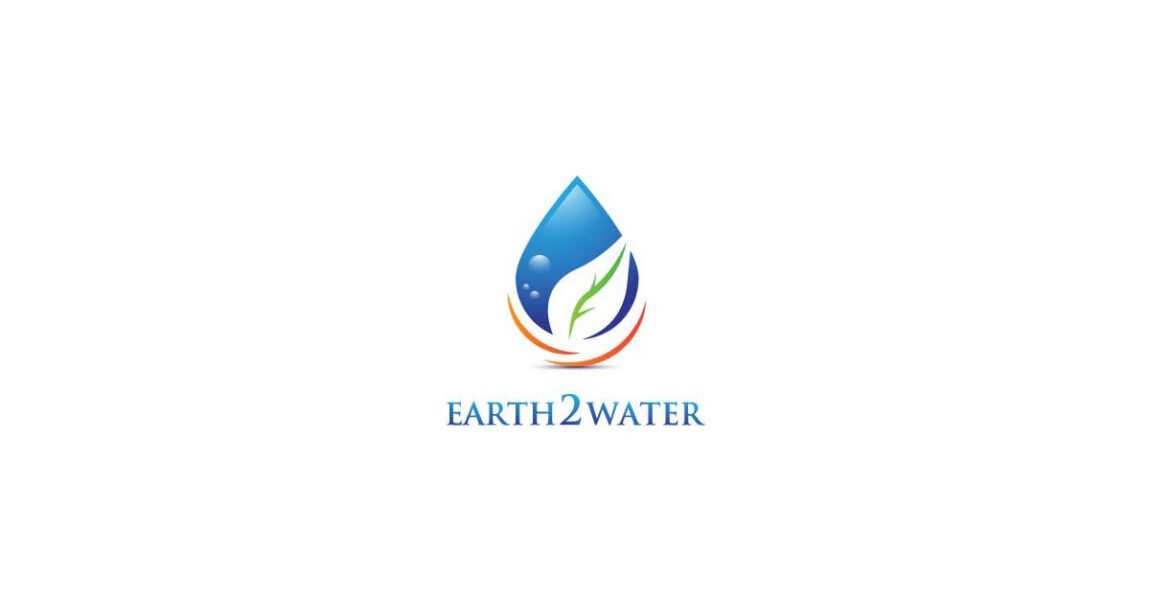
This newsletter highlights the need to keep our environmental clean and making good choices to protect our ecosystems from excessive waste generation and water pollution. Waste constantly enters our urban and rural environments in visible (e.g. plastics, paper) and non-visible ways (e.g. chemicals dissolved in water) and can include simple or a mixtures of solid (unwanted objects & dusts), liquids (oils, leachates) and gases (e.g. hydrogen sulfide, carbon dioxide).
Water is the greatest landscape architect and solvent on the planet and interconnects all life forms. We are part of the environment through the water we drink, food we eat and the air we breathe. As the world population continues to grow, the way we treat and use our scarce fresh water will be a measure of our cultural advancement.
Today, the 7.7 billion humans use the equivalent of 1.75 Planet Earths to provide the resources and services we consume every year (i.e. takes the Earth 1 year & 8 months to regenerate what we use in 1 year). Currently, our planet is in a “ecologically deficit” mode due to our massive annual waste budget (over 2.1 billion tonnes) and insufficient fresh clean water for our 7.7 billion people.

IDEAS & SOLUTIONS TO MINIMISE ENVIRONMENTAL HARM
For thousands of years aboriginal people cared and depended on the natural environment for their survival. Fresh water sources were protected, and food sources were managed in a sustainable manner. What Can We Do:
- Increase Vegetation: Planting more trees to support our ecosystems and human health. Trees provide habitat for animals, fresh air and can reduce soil erosion.
- Improve Water Conservation: Fresh clean water is scarce and not enough for the worlds 7.7 billion people. Being mindful of what we use when washing, cleaning and cooking. Re-using water and correct disposal of oils, chemicals and the various cleaning products and containers.
- Once waste enters the ocean and air it moves around the planet in conveyor like air and water currents. For many decades, pollution from around the planet has been accumulating on the ocean floor.
- Reduce Waste Generation: Think about the food packaging and single use items that we send to landfill. Recycle, separate your waste, use biodegradable or compostable materials, support bulk food stores, visit local farmers markets and environmentally friendly products. Today, microplastics are everywhere including in the air we breathe and fish we eat. In our western world, about 99% of the stuff we buy is trashed within 6 months.
- Reducing plastic at home; take your own; shopping bags, coffee cups, re-usable water bottles, and re-usable container and cutlery for take away foods.
The Waste Hierarchy

- 9 July 2020
- Water
